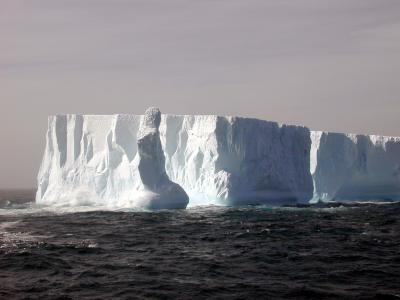sakinago
Gold Member
- Sep 13, 2012
- 5,320
- 1,632
- 280
Where's the context with these pictures, location dates, and normal patterns of ice like this?The article in the OP makes some pretty bad mistakes. Some layman wrote it, and it does not describe what scientists say. 200 foot thick sea ice? That's complete nonsense. Expecting the entire Beaufort Sea to have 15-20 foot sea ice in the summer? No. Just no. The Beaufort Sea is the area north of the northeastern Alaskan Coast, and the Mackenzie delta area in Canada. It's not the high arctic. It freezes up each year, but only to 2-3 meters thick, and then most of it melts out in the summer.
So no, the arctic is not ice-free. Not even close. There's still plenty of thick ice in the high arctic, up above 80N. The icebreakers don't go there, even in summer.
So, what's "ice-free"? We'll probably never see every bit of ice melt over a summer in our lifetimes. "Ice-free" is now getting defined as "Less than 1.0 million square kilometers of sea ice area". That's compared to the record low 2012 minimum of 3.4 million square kilometers. We won't see 1 million soon, but I figure we'll get there by 2030.
Contrary to what the article says, 2012 was not an 'average' year. 2015 is an average year for melt. 2013 and 2014 were below-average years. 2012 was a year with near perfect melt conditions. The early sun was there to get melt ponds going, the winds pulled heat north, the ice export south through the Fram Strait was nonstop, and a late season large cyclone churned the weak ice into warm water. Like with temperatures, we'll keep seeing a general trend going one way. Eventually, another near-perfect year will arrive, and shatter the 2012 record, just as an exceptional year now is shattering the temperature record.
The man searching for 200 foot ice was David Barber, professor of environment and geography, Canada's research chair in Arctic system science and director of the Centre for Earth Observation Science (CEOS) at the University of Manitoba, in Winnipeg.





